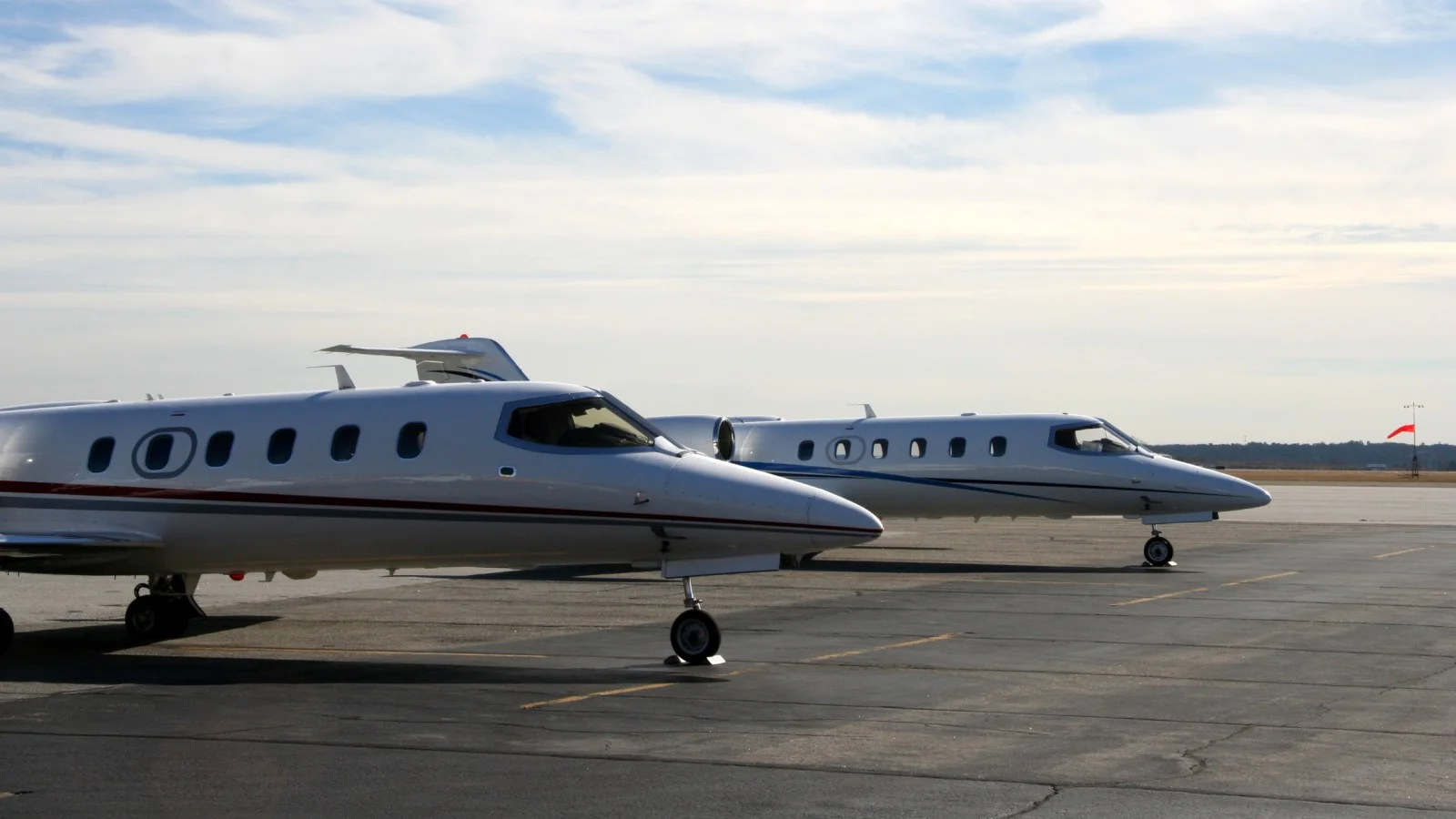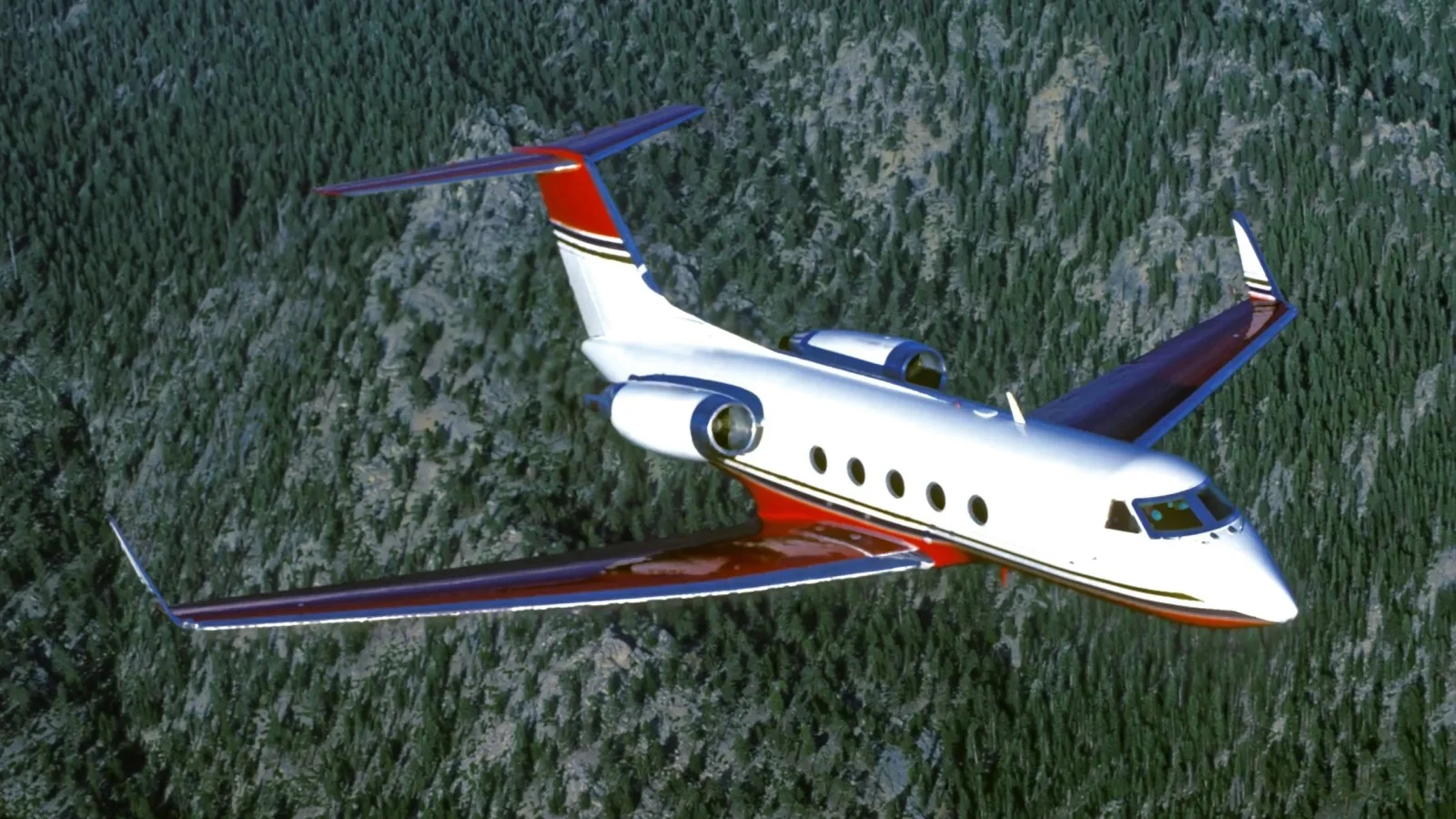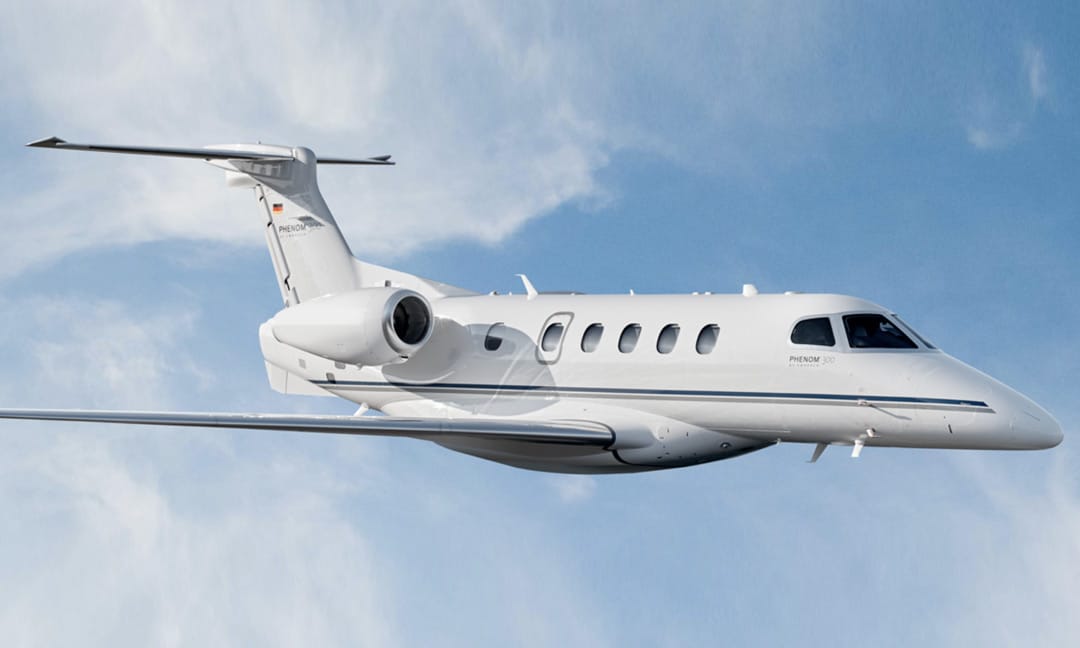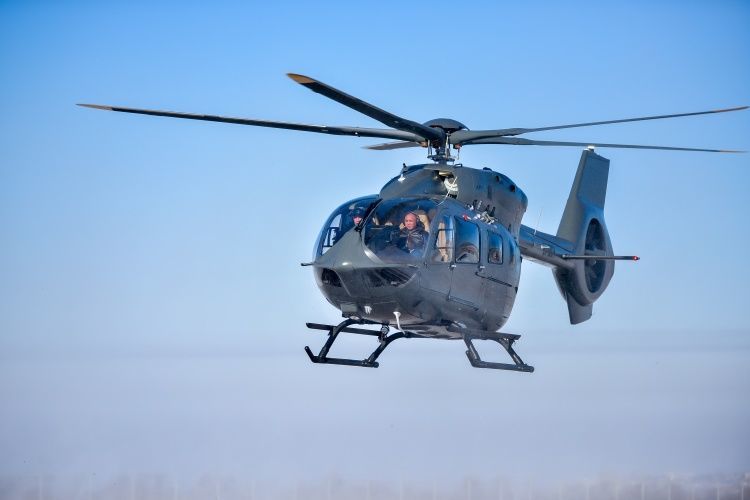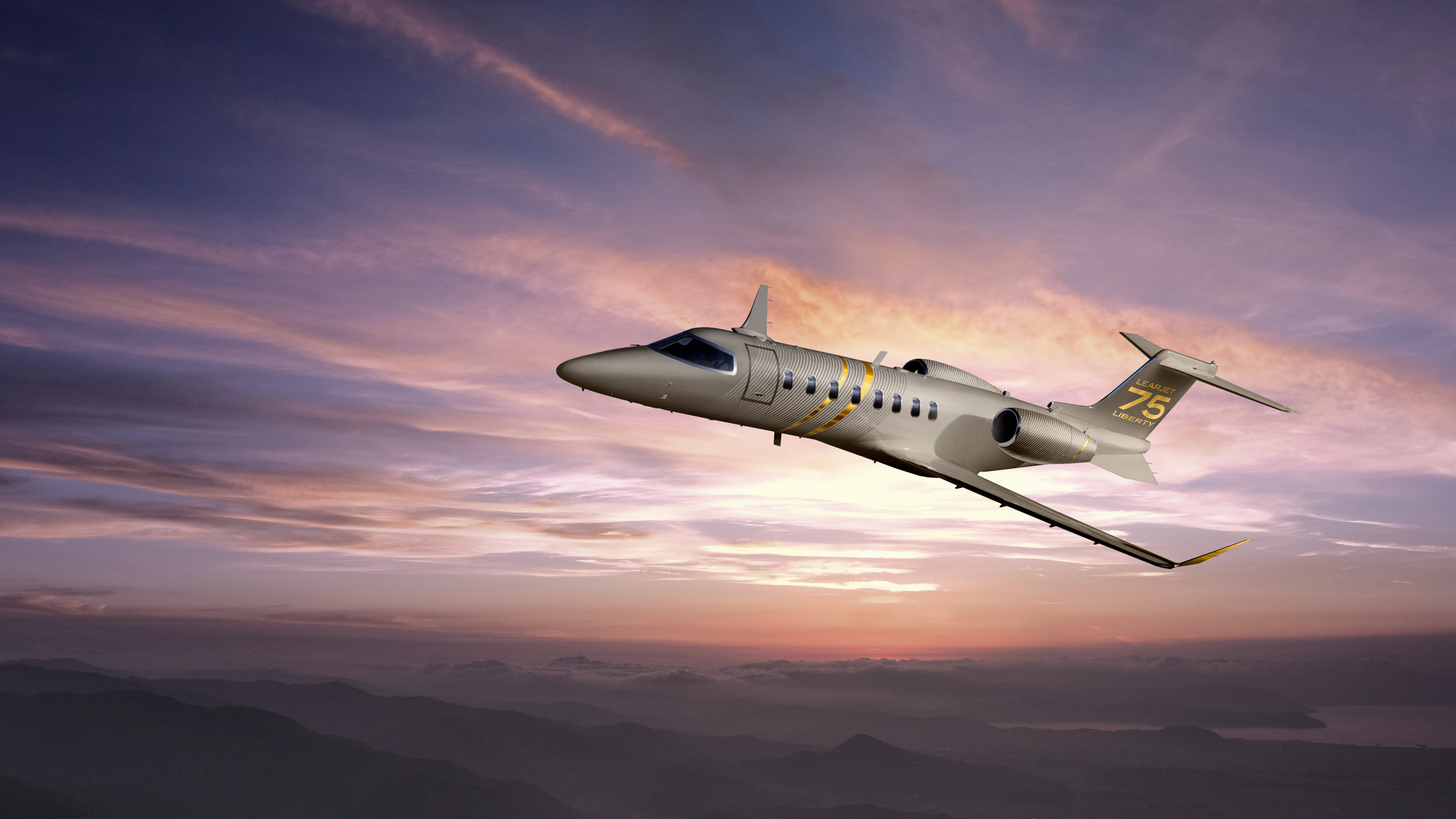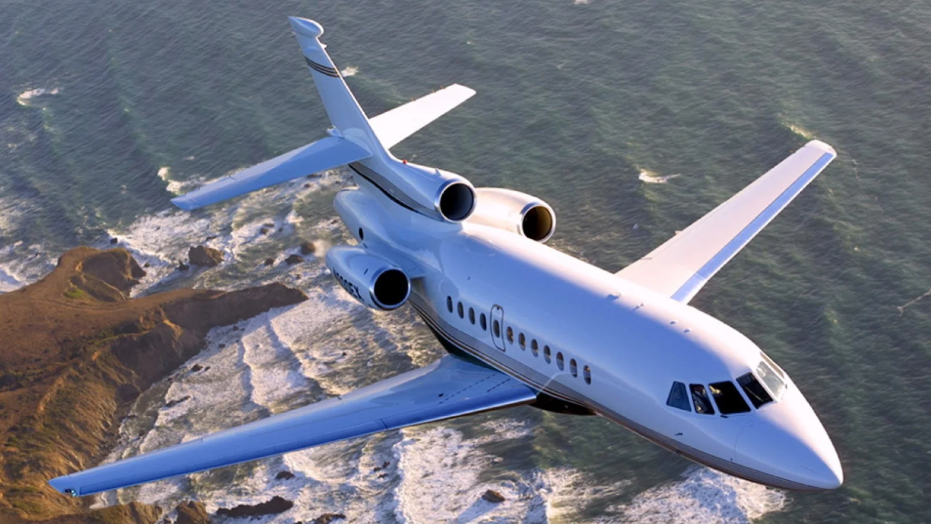Is the Gulfstream G280 the Best Super-Midsize Jet for Your Business Travel Needs?
7 min read

The Gulfstream G280 is a standout in the super-midsize business jet category, blending solid performance, smart technology, and a surprisingly roomy cabin. If you’re looking for a plane that feels at home on both long transcontinental trips and tricky regional airports, the G280 deserves a serious look.
But how exactly does it stack up? Let’s take a relaxed stroll through its history, performance, cabin comforts, and what it’s like to own and operate this sleek jet.
History & Development
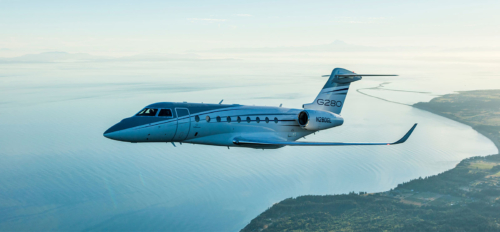
The G280 has an interesting lineage; it’s not a completely fresh design but more like a refined evolution. It actually grew out of Gulfstream’s G200 model, which was already well-regarded. Starting around 2005, Gulfstream began reworking the G200, mainly keeping the fuselage but upgrading pretty much everything else. New engines, avionics, a redesigned wing, and updated systems came together to create what was initially called the G250.
That first G250 prototype took to the skies on December 11, 2009. The name changed to G280 in 2011 because “250” didn’t quite sit right globally; in some cultures, the number 250 can be seen as negative or offensive, so Gulfstream smartly avoided any awkward misinterpretations. By September 2012, the G280 had its full certification from both Israeli aviation authorities and the FAA in the U.S., clearing the way for deliveries to customers worldwide.
This development approach, keeping what worked and improving everything else, gave the G280 a solid foundation while ensuring it stayed modern and competitive. It’s a clever balance of legacy and innovation, and you can see that reflected in how it performs today.
Performance Details
The G280 is no slouch in the air. It boasts a range of around 3,600 nautical miles under NBAA IFR conditions at Mach 0.80 with four passengers aboard. That means it can handle coast-to-coast flights in the U.S. easily, or transatlantic hops on lighter loads, which is a sweet spot for many business travelers.
When it comes to speed, the G280 cruises comfortably around 482 knots, roughly 555 miles per hour, and can push up to Mach 0.85 at max cruise. So, if you’re in a hurry, this jet can get you where you’re going without feeling sluggish.
Powering this performance are two Honeywell HTF7250G turbofan engines, each pushing out about 7,600 pounds of thrust. These engines are not only powerful but also pretty efficient for the class, burning approximately 237 gallons of fuel per hour during a typical cruise. Of course, fuel burn will vary with flight conditions, but Gulfstream has balanced power and efficiency nicely here.
Another impressive aspect is the G280’s runway performance. It takes about 4,750 feet to get off the ground at max takeoff weight, and you can touch down on runways as short as 2,400 feet, sometimes even a bit less depending on conditions. That means this jet can access a wider range of airports than many competitors, which is a huge operational advantage if you’re flying into smaller or regional airports with shorter runways.
Altitude-wise, the G280 cruises up to 45,000 feet and can climb to 41,000 feet in about 20 minutes, allowing it to fly above commercial traffic and weather for a smoother, faster ride.
Cabin
If you’ve ever flown Gulfstream before, you know their cabins are always a treat, and the G280 continues that tradition. With about 935 cubic feet of cabin volume, the space feels generous for a super-midsize jet. The cabin ceiling stands at 6 feet 1 inch, which lets most passengers move around comfortably without feeling cramped. The cabin width is around 7 feet 2 inches, and the length is nearly 26 feet, providing room for flexible seating arrangements.

The G280 can seat up to 10 passengers, though most owners prefer layouts that balance comfort with capacity—around 6 to 8 seats is common. For overnight or longer trips, it can sleep 4 to 5 people, which adds versatility for business trips that stretch beyond a day.
One of the nicer cabin details is the flat floor throughout, making it easy to walk and stretch your legs, and the windows are large and oval-shaped, flooding the interior with natural light and giving everyone a great view. Gulfstream’s engineers paid close attention to making the cabin quiet, too—the engines are whisper-quiet, which adds to passenger comfort, especially on longer flights.
On the practical side, the jet includes a full lavatory with windows (which is a nice touch), hot and cold running water, a spacious baggage area, and a well-equipped galley for meal prep. The G280 is also certified for steep approaches, meaning it can operate at airports that have challenging descent profiles—great if you’re flying into city-center airports or mountainous regions.
Technology & Avionics
The G280 isn’t just about raw speed and comfort; it’s a tech-savvy jet that helps pilots operate safely and efficiently. At the heart of the cockpit is Gulfstream’s PlaneView280™ flight deck. This setup offers enhanced situational awareness, reducing pilot workload with modern, intuitive displays and controls.
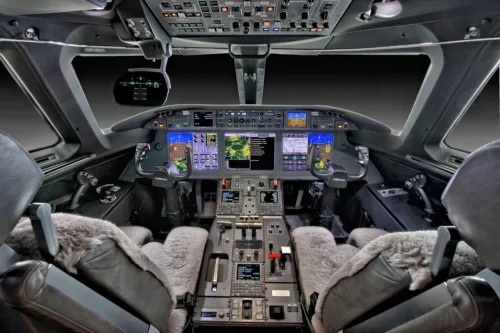
Pilots benefit from autothrottle and auto-brake systems, which smooth out the flying experience and reduce fatigue on longer flights. The avionics suite includes all the latest navigation and safety tech, so whether you’re flying in busy airspace or tricky weather, the systems have your back.
Aerodynamics are a big part of what makes the G280 tick, too. It uses a wing design derived from the larger Gulfstream G550, featuring a clean wing surface, swept winglets, and bigger stabilizers. These elements work together to improve fuel efficiency, stability, and overall performance, giving the G280 a solid edge over some rivals.
Operating Costs
Owning and flying a business jet like the G280 isn’t cheap; this is a premium machine with premium costs. Hourly variable operating costs typically range depending on fuel prices and maintenance programs, but you can expect something between $2,600 to over $4,000 per hour when fuel is priced between $4.30 and $6.28 per gallon. That includes fuel, engine maintenance programs, and other variable expenses.
Charter rates for the G280 hover around $6,600 per hour, reflecting its efficiency and desirability in the market.
On the annual budget side, fixed costs, such as hangar, insurance, crew salaries, can run around $800,000 per year. Combined with variable costs at roughly 300 to 325 flight hours annually, total yearly expenses can reach about $2.2 million.
That might sound like a lot, but in the world of business aviation, it's a competitive figure for what you get. The G280's efficiency and reliability help keep costs manageable compared to larger or less efficient jets.
Competition
The G280 sits squarely in the super-midsize jet segment, which is crowded with capable contenders. Its main rivals include the Bombardier Challenger 300 and 605, Cessna Citation Longitude and Latitude, Embraer Legacy 600 and 650, and Dassault Falcon 2000LXS.
Each competitor brings its own strengths, whether that’s larger cabins, longer ranges, or slightly different operating costs. The G280’s combination of range, speed, cabin comfort, and operational flexibility makes it a solid all-rounder that appeals to many operators.
Pros
What really makes the G280 shine is its long range and strong cruise speed paired with relatively efficient fuel consumption. It’s fast enough to keep schedules tight but economical enough to keep operating costs reasonable for this class.
The cabin is spacious and well-appointed, with a quiet environment and flexible configurations that make it easy to customize for different mission profiles; whether that’s business meetings, overnight flights, or group travel.
Runway performance is another plus. The ability to take off and land on shorter runways, along with steep approach certification, means the G280 can access more airports than many jets in its category. This gives operators more options and can save time by flying closer to final destinations.
Technology-wise, the PlaneView280 cockpit offers top-notch avionics that enhance safety and reduce pilot workload, making long flights less tiring and operations smoother.
Finally, the G280 holds its value well and continues to see strong demand on the market, which is reassuring for owners thinking about resale down the road.
Cons
Of course, the G280 isn’t perfect. One of the biggest drawbacks is the high acquisition and operating costs. While competitive for a super-midsize jet, it’s definitely a premium purchase and ownership experience.
Fuel burn and variable operating costs are on the higher side compared to some smaller jets, which also shows up in charter pricing.
And while the cabin is spacious for its class, it doesn’t quite match the volume or openness of larger-cabin jets, so if you’re looking for a truly roomy environment to stretch out in, the G280 might feel a little tight.
Final Verdict
At the end of the day, the Gulfstream G280 holds its own as one of the best-performing super-midsize business jets out there. It strikes a compelling balance between transcontinental range, robust cruise speeds, and a comfortable, practical cabin. The modern avionics suite and impressive runway performance add important layers of safety, flexibility, and convenience.
Of course, owning and flying this jet comes with notable costs that potential buyers need to weigh carefully. But if you’re after a jet that can handle a wide variety of missions, deliver top-tier speed and range, and offer a refined travel experience, the G280 definitely makes a strong case. It’s a plane that blends Gulfstream’s legacy of quality with smart, modern upgrades, and for many, that combination is hard to beat.
